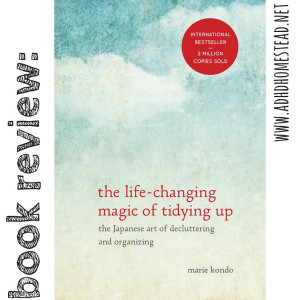 Ever since I made the uncluttered space – uncluttered mind connection in my home, I’ve loved tidying up and paring down.
Ever since I made the uncluttered space – uncluttered mind connection in my home, I’ve loved tidying up and paring down.
It’s still the most overwhelming project ever.
If you feel the same way and you’re looking for a different angle, try Marie Kondo’s The Life-Changing Magic of Tidying Up. For those who find typical minimalism or organizing self-help books off-putting, prepare for a breath of fresh air. Kondo helps readers deal with the guilt, emotional attachment, and indecision that prevents so many of us from cleaning up our homes.
That said, even though the author insists you not do this, I’m giving you permission to take this book with a small grain of salt. More on that later.
First, the good: Kondo anthropomorphizes pretty much everything, which — to our American sensibilities — can feel almost silly. This may strike a pleasant chord with quirky, abstract-thinking ADHD readers. It got me out of my rut and out of my head just enough to make some tough decisions about my stuff. It’s easy to think circles around your complicated relationship with an object, but what if you just asked the object? What if it had feelings? How does that affect your decision to keep it in your home out of a sense of guilt or obligation? You get the idea.
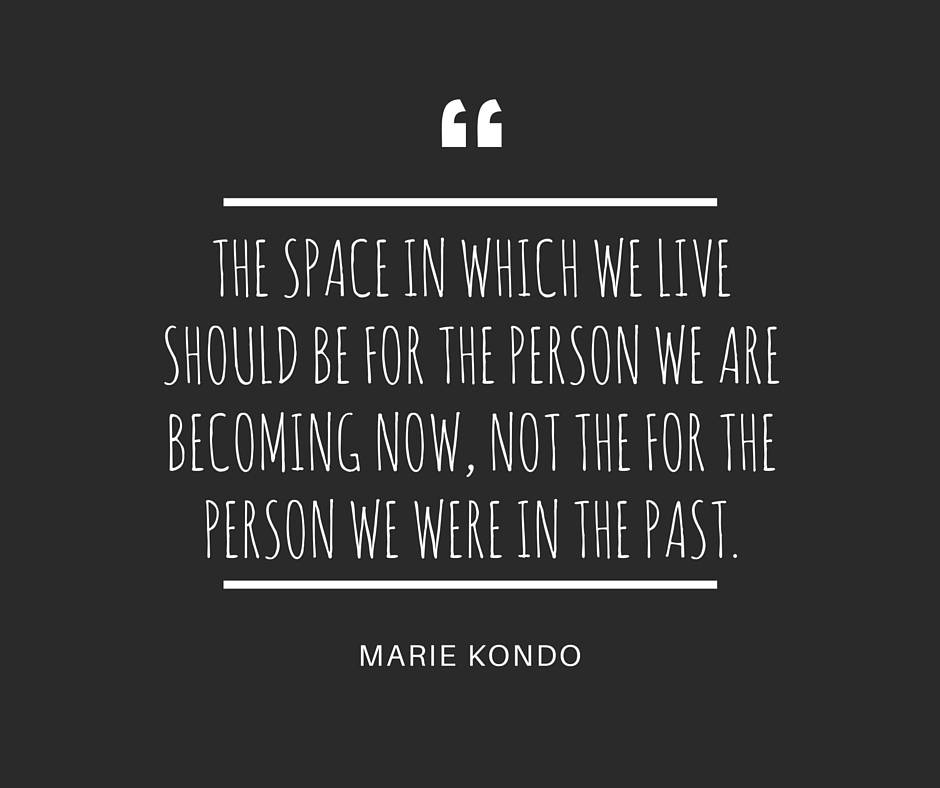
Likewise, Kondo’s central question — does it spark joy? — provides a refreshingly simple barometer, especially for sentimental items. Kondo gives the reader permission to let go. Those old love letters will live on inside us forever, and we don’t need to cling to them in the present.
The book’s prescriptive nature may put off some readers. Many of Kondo’s instructions sound like a tall order for larger families and/or people with small children. Including more of these families in the anecdotes may have made the book more approachable. From Kondo’s descriptions, most of her clients seemed like single people living on their own.
I wouldn’t write off the possibility of adapting the strategies to larger families, but Kondo insists on making no modifications to her program. I understand why — she wants to promise her KonMari method will work for you — but I ended up feeling inadequate for the task. There’s more than one way to skin a cat, as they say, and people with ADHD must be especially creative with their solutions. The Life-Changing Magic of Tidying Up promises to change your life, but only if you do things exactly as the author says. I’m not 100% sold on that.
For whatever reason — family, financial, or just because you have ADHD — you may not feel like you can achieve a flawless implementation of Kondo’s method. I think that’s okay. This book makes an excellent companion to other organizing books, including the more nitty-gritty, but also somewhat drier, ADD-Friendly Ways to Organize Your Life.
The Life-Changing Magic of Tidying Up has, indeed, changed my life. It cleared some major roadblocks in my journey to a tidier home, and for that I’m quite grateful. It’s a fast and easy read, and well worth it for ADHD adults seeking a more tidy and tranquil home.
The post Book Review: The Life-Changing Magic of Tidying Up appeared first on The ADHD Homestead.

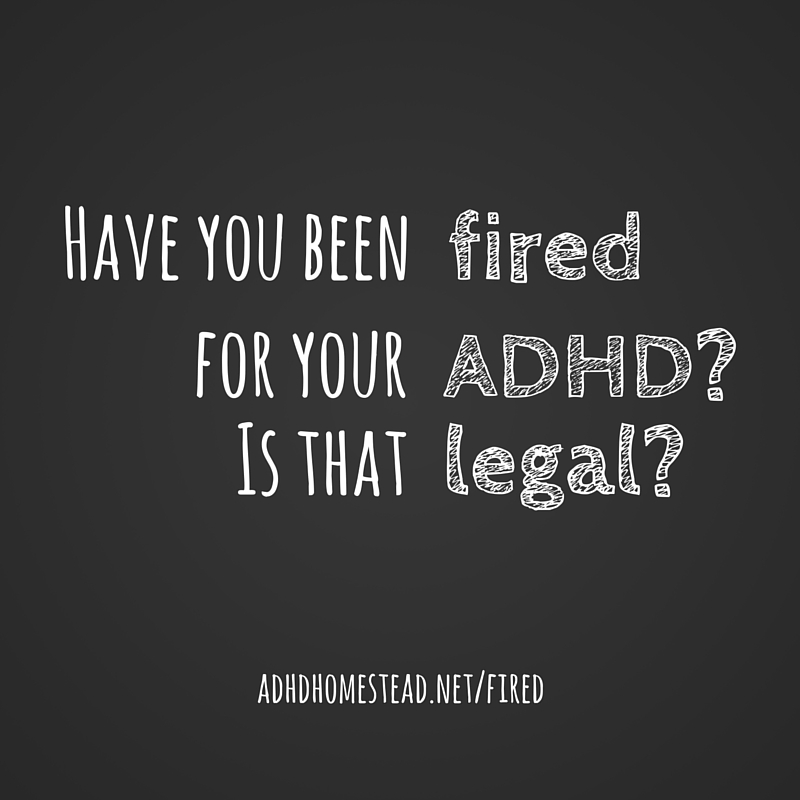


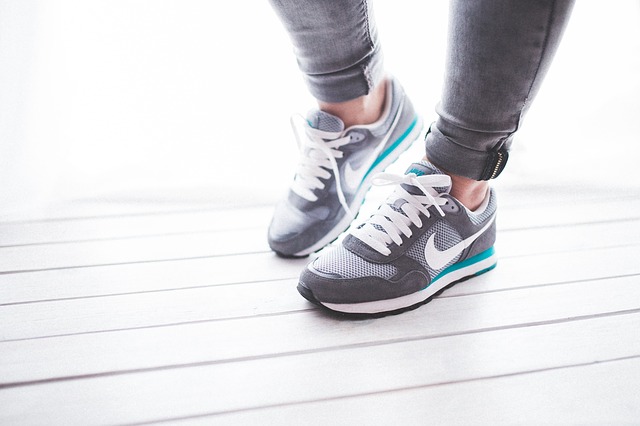
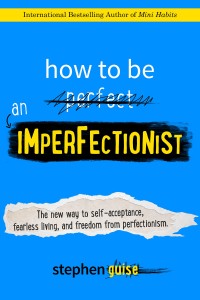


 There’s a reason you have so many ideas in the shower
There’s a reason you have so many ideas in the shower
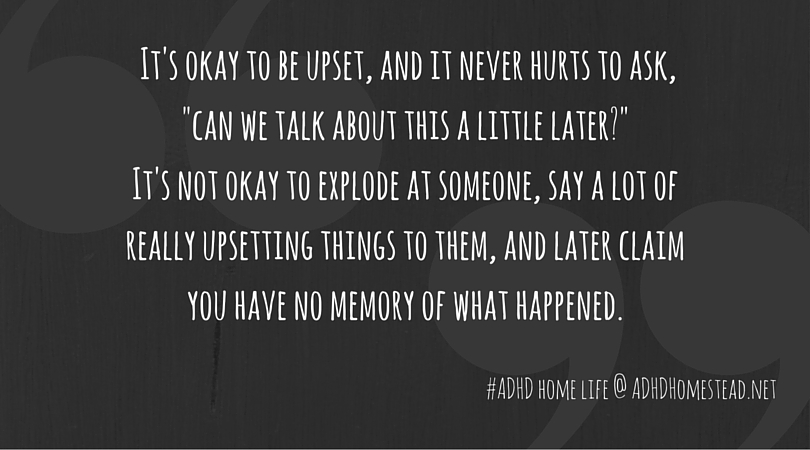
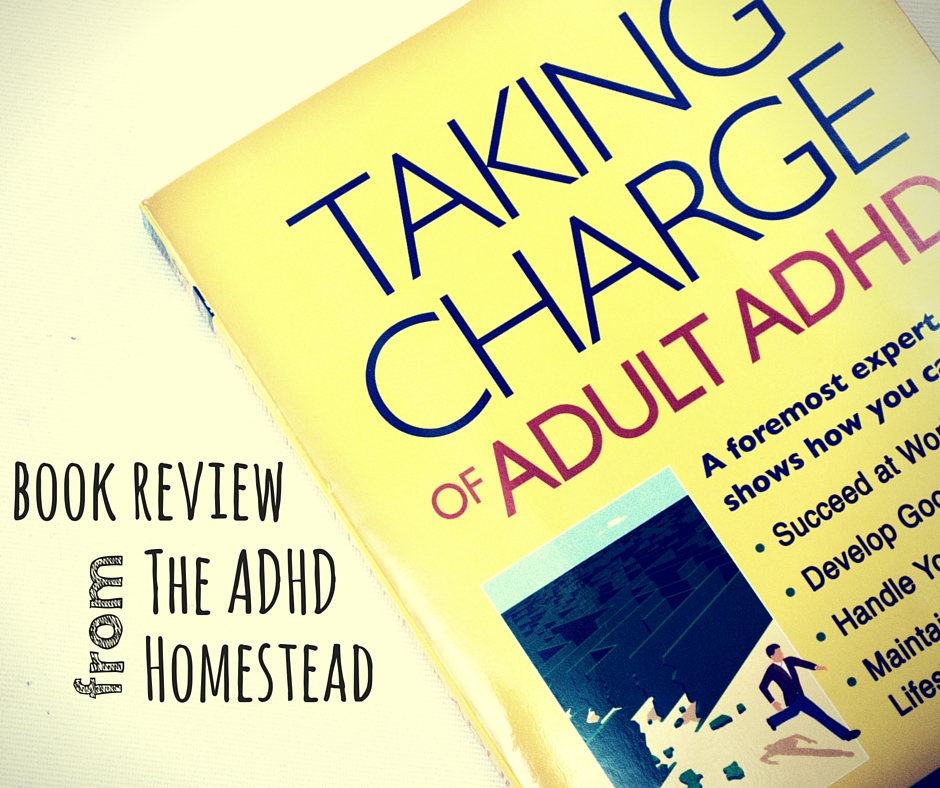
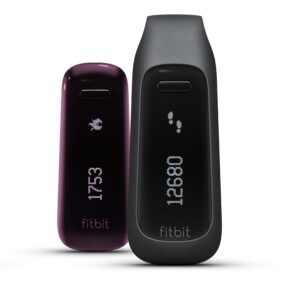 Don’t let the gadget factor fool you — the
Don’t let the gadget factor fool you — the 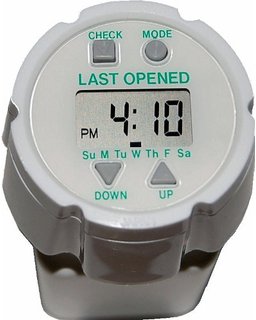 A minute after I take my medication, I start thinking, “did I remember my meds today?”
A minute after I take my medication, I start thinking, “did I remember my meds today?”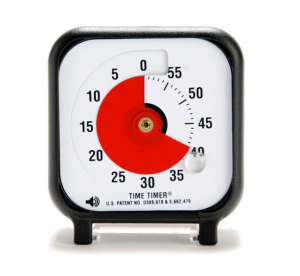
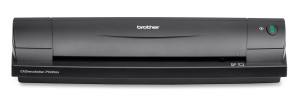
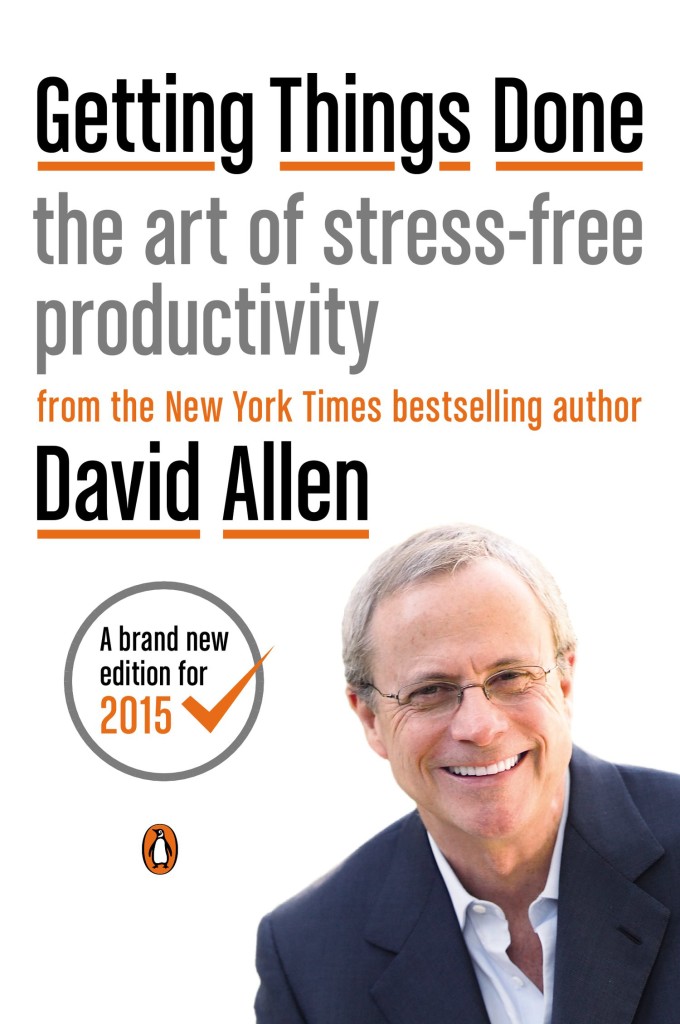 Confession: I
Confession: I 

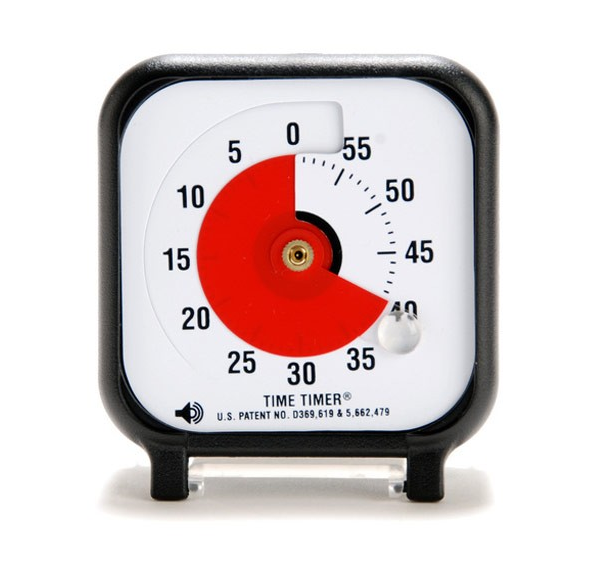
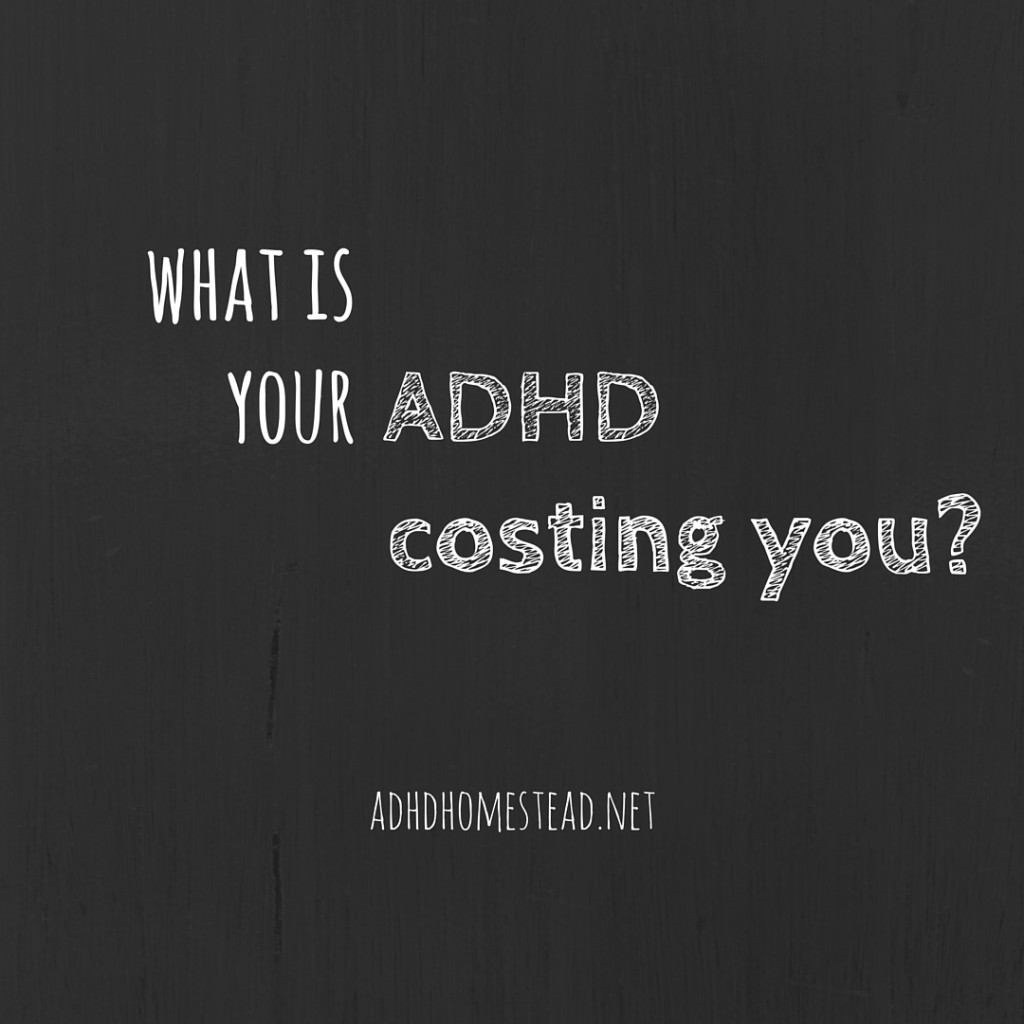 When we think about New Year’s resolutions, we imagine ways we’d like to improve. Things we promise ourselves we’ll do better this year than last.
When we think about New Year’s resolutions, we imagine ways we’d like to improve. Things we promise ourselves we’ll do better this year than last.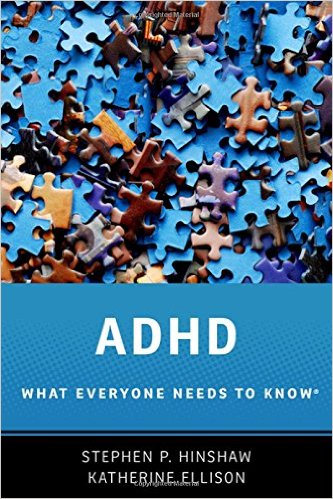
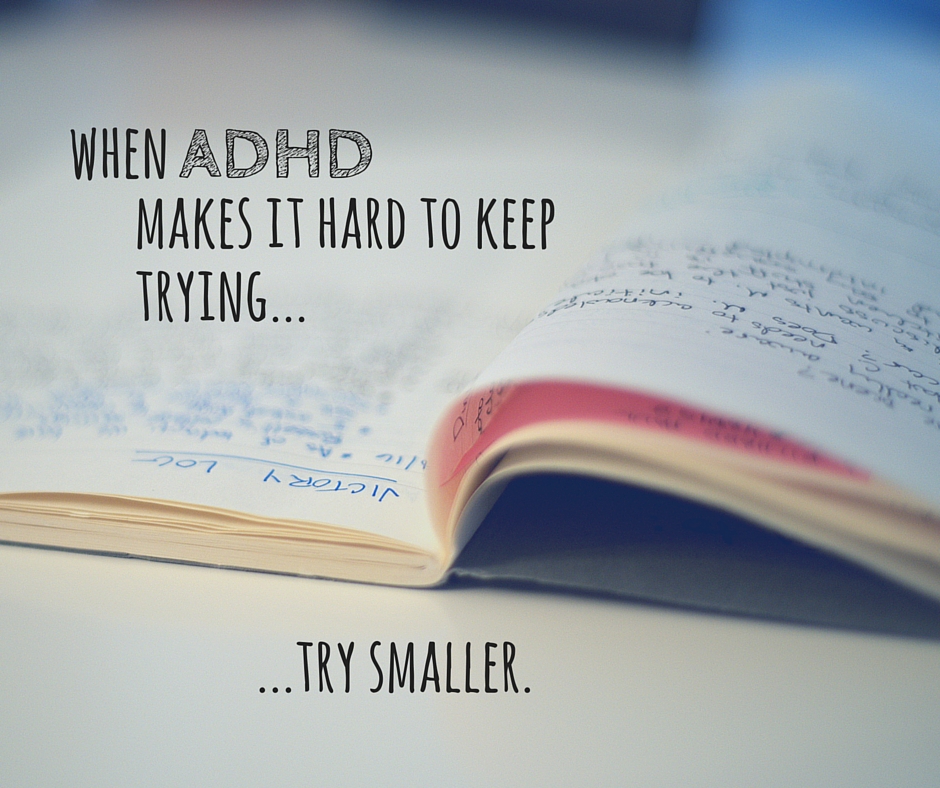


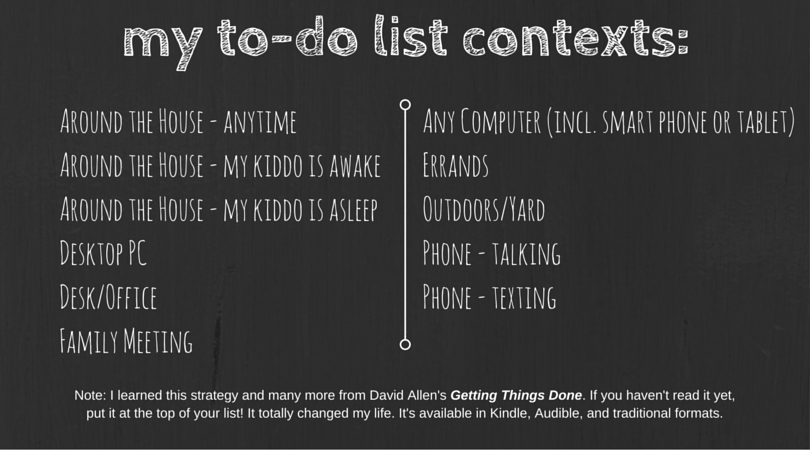
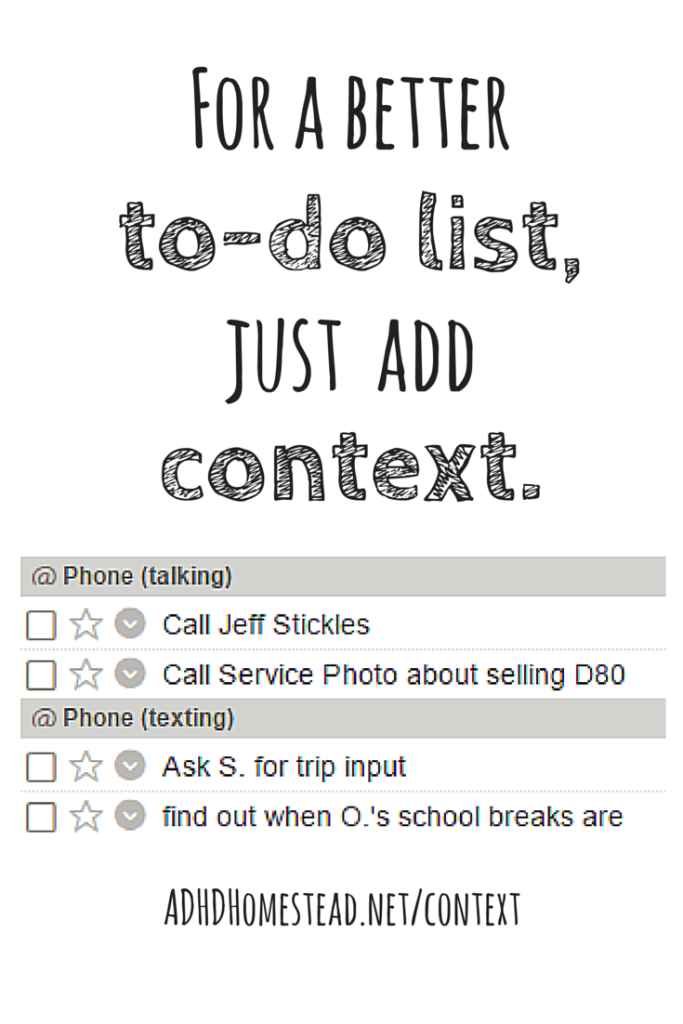 “It’s not that you’re incapable of logical analysis or you lack intelligence…” Barkley writes, “it’s just that you need to make the process tangible and external…so your emotions don’t erupt with the frustration of trying to do it all in your head.”
“It’s not that you’re incapable of logical analysis or you lack intelligence…” Barkley writes, “it’s just that you need to make the process tangible and external…so your emotions don’t erupt with the frustration of trying to do it all in your head.”







